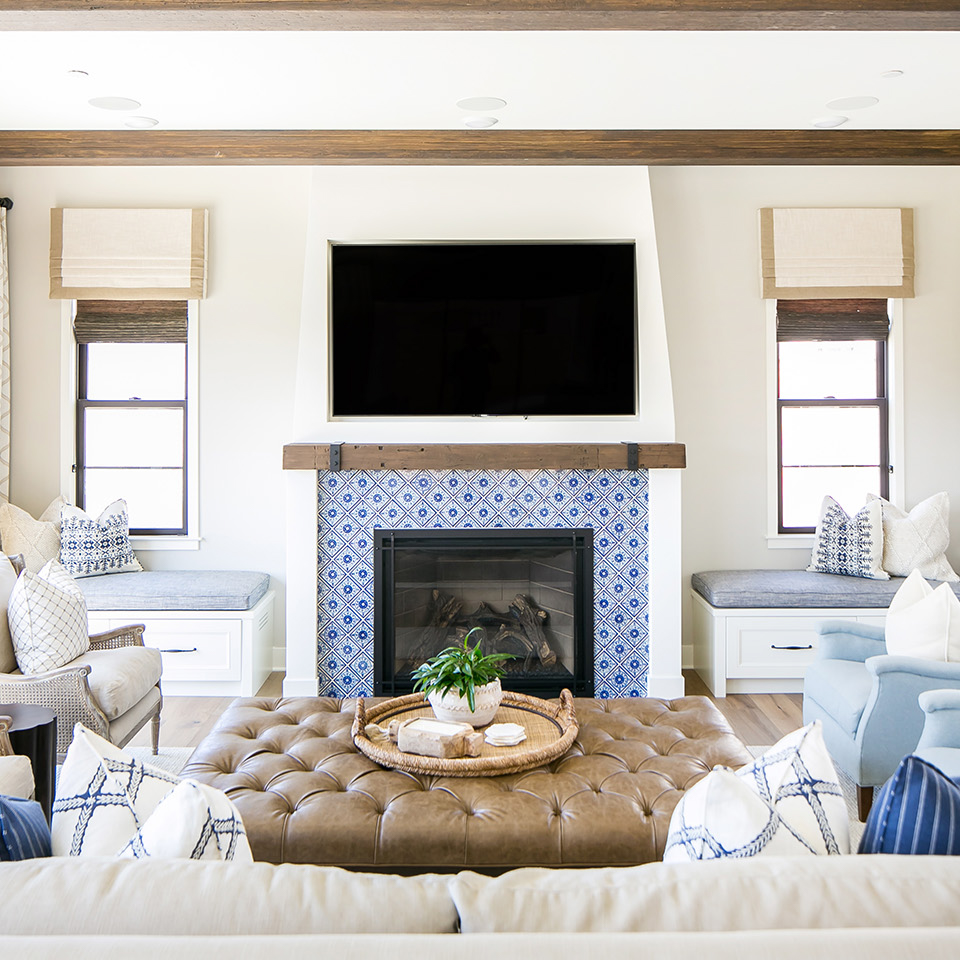
The Dazzling Brilliance of White Lights: Illuminating Your Life
Introduction
White lights are often taken for granted and are seen as a basic necessity in our day-to-day lives. However, white lights have a significant impact on the atmosphere and ambiance of a room, creating an aesthetic appeal and functional benefits. This article will delve into the different types of white lights, their advantages and disadvantages, and how they can be used to enhance your life.
Types of White Lights
White lights come in different types, each with their unique characteristics. The three common types are LED, fluorescent, and incandescent bulbs.
LED
LEDs (Light Emitting Diodes) are the newest type of white light technology. They use less energy, giving them a longer lifespan than other types of bulbs. LED lights are highly efficient and have a brighter output than other bulbs, making them great for both outdoor and indoor areas. They come in a variety of shapes, such as bulbs, strips, and panels, which allow for a range of lighting options.
Fluorescent
Fluorescent bulbs are energy efficient and have a long lifespan. They produce a bright light and are excellent for use in large spaces such as commercial buildings and offices. Fluorescent bulbs come in many different shapes, including tubes, u-shapes, and bulbs.
Incandescent
Incandescent bulbs are the oldest type of white light technology. They are often used in homes because of their affordability and are available in many different shapes and sizes. Incandescent bulbs can create a warm, cozy atmosphere in a space, but they are the least efficient type of bulb, using more energy and producing less brightness than other types.
Advantages and Disadvantages of White Lights
Each type of white light has its advantages and disadvantages. Below are some benefits and drawbacks of each type.
LED
Advantages:
- Energy efficient
- Long lifespan
- Bright output
- Wide range of lighting options
Disadvantages:
- More expensive than other bulbs
- Can produce a harsh light
- May require a transformer to function
Fluorescent
Advantages:
- Energy efficient
- Long lifespan
- Bright output
- Great for large spaces
Disadvantages:
- Contains trace amounts of mercury
- Can produce a flicker effect
- Can produce a greenish-yellow light
Incandescent
Advantages:
- Affordable
- Produces a warm light
- Widely available
- Doesn’t require a transformer to function
Disadvantages:
- Least energy efficient
- Shortest lifespan
- Can produce a low light output
- Not suitable for large spaces
Uses of White Lights
White lights can be used in various settings to create different atmospheres and effect. Here are some examples:
Homes
White lights can be used in homes to create a comfortable and inviting atmosphere. Soft white LED bulbs are great for bedrooms and living rooms because they emit a warm tone. Bright white LED bulbs are suitable for rooms like the kitchen, office, and garage where clear, bright lighting is needed.
Outdoor Lighting
Outdoor lighting serves a few purposes, such as improving visibility, enhancing the appearance of a building, and providing security. White LED floodlights and path lights can be used to provide bright and energy-efficient lighting for homes and businesses.
Commercial Buildings
Commercial buildings often require bright and long-lasting lighting. Fluorescent and LED lights are popular options for commercial spaces such as offices, warehouses, and retail stores. They provide efficient, high-quality lighting throughout the day and can significantly reduce energy costs.



